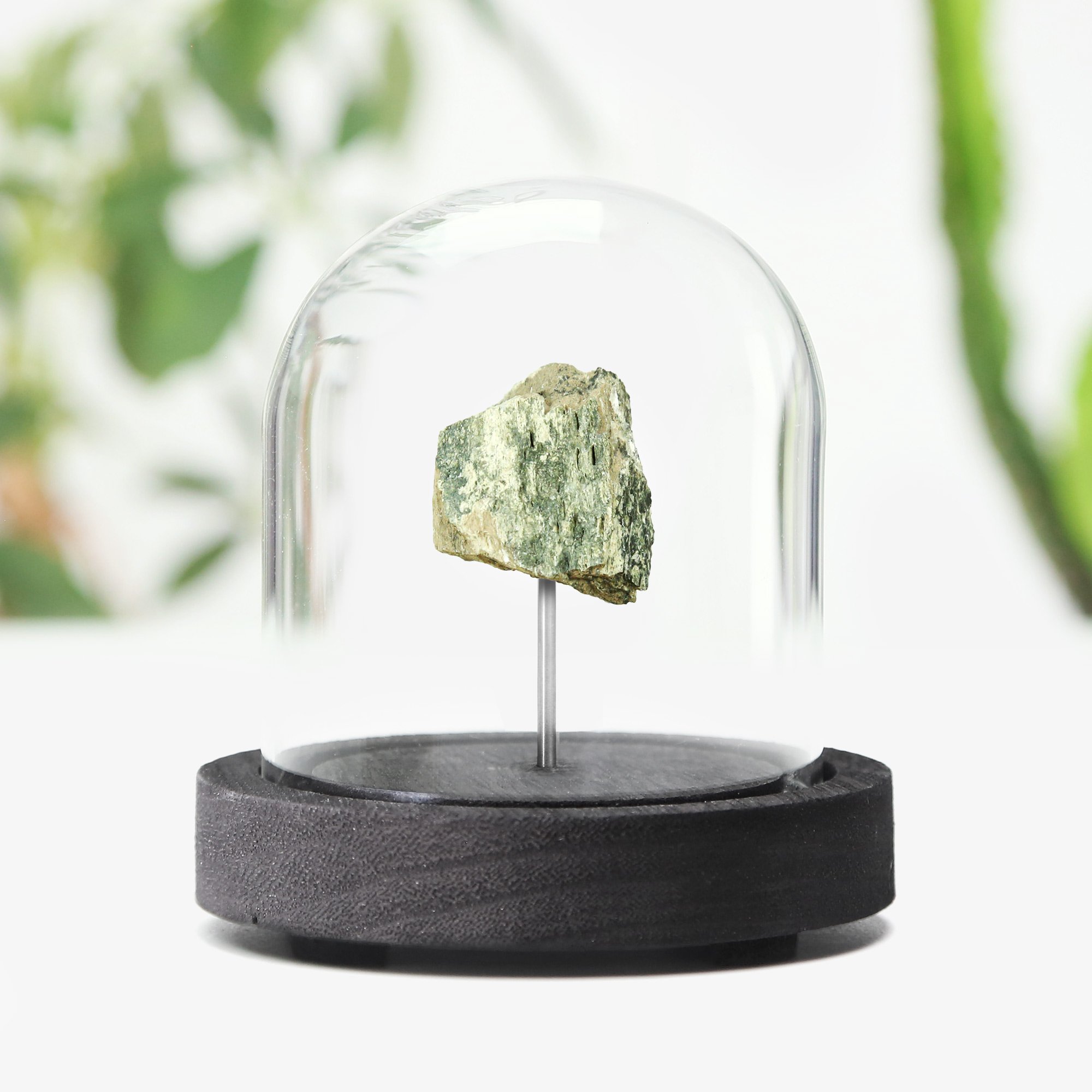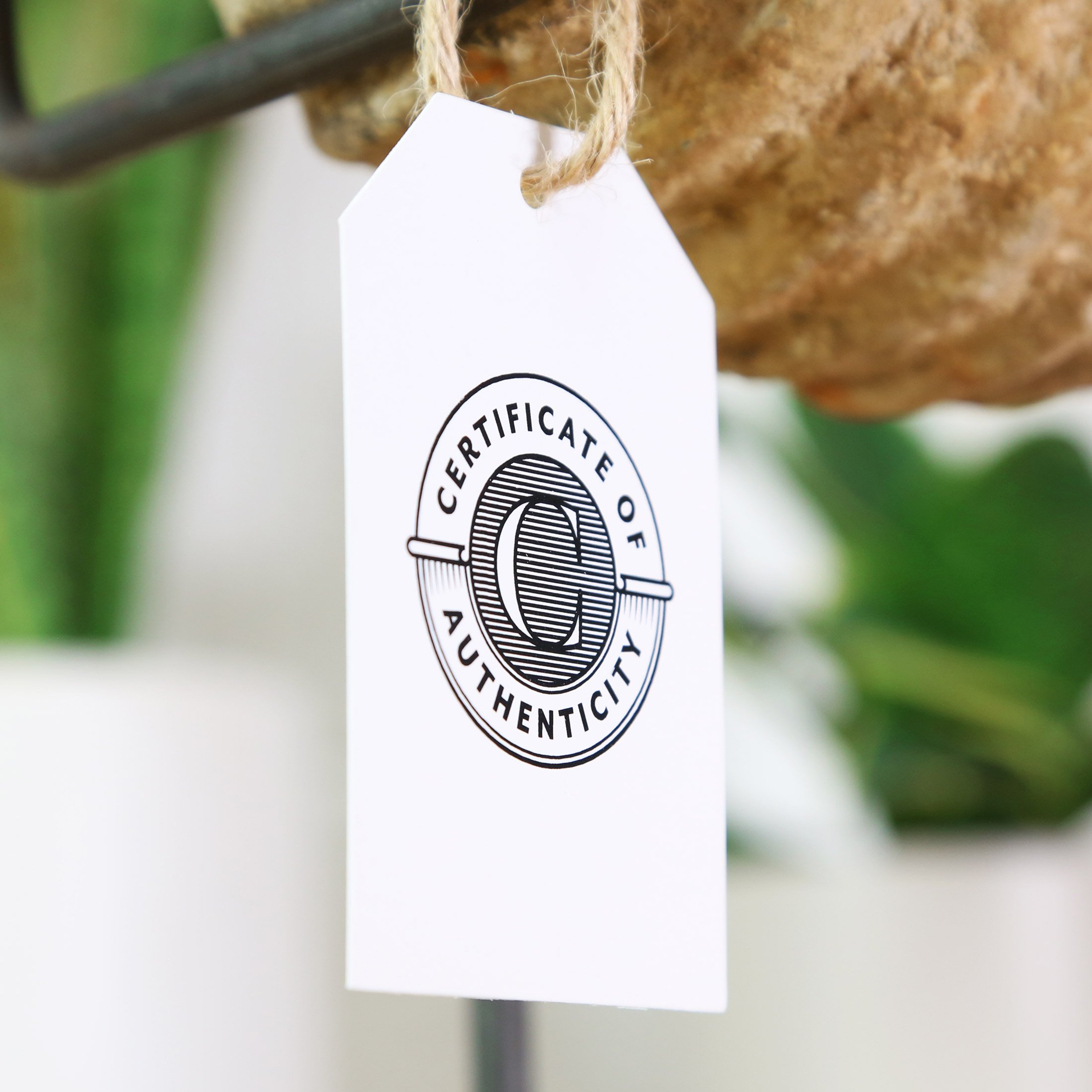-
Triceratops (“Three horn face”)
Timeline: Late Cretaceous (68 - 66 million years ago)
Size: 8 - 9 metres in length
Range: USA
Habitat: Dry, forested areas and plains
Diet: HerbivorousTriceratops was a large herbivorous dinosaur, approximately 8 - 9 metres in length and 3 metres tall. They could weigh up to 12 tonnes. Scientists are still debating the function of the three distinctive facial horns. Initially believed to have been used as defensive weapons against predators, theories have now emerged suggesting that they may have been used in courtship and dominance displays, similar to modern day rhinoceros. The large frill was also used for display and as a way for members of the same species to recognise each other.
A partial Triceratops fossil collected in 1997 has a horn that was bitten off, with bite marks that match Tyrannosaurus. The fossil shows that the horn healed after being bitten, so at least some Triceratops survived these encounters.
-
This Triceratops Bone (65 Million Years Old) has been hand set by our expert team in our studio and elegantly mounted in a museum quality bell jar.
Base: Solid wood hand finished in our studio
Mount: Stainless Steel
Dome: Handblown 2mm tempered glass
Dimensions: 100 x 100mm
The picture shown is an example of the quality that you can expect to receive. Please be aware that, as these are natural products, they are subject to some variation. While no two insects are exactly alike, each of the specimens in our collection fall within the morphological perimeters for their species.
Given the natural origin of our products, and that each piece is uniquely crafted to showcase each specimen at its best, the bell jar you receive may be slightly different in size than the one pictured.
-
We work closely with reputable suppliers all over the world to source high quality, genuine specimens. Each fossil comes with a certificate of authenticity documenting the provenance of each specimen, including the age and location where it was discovered.



